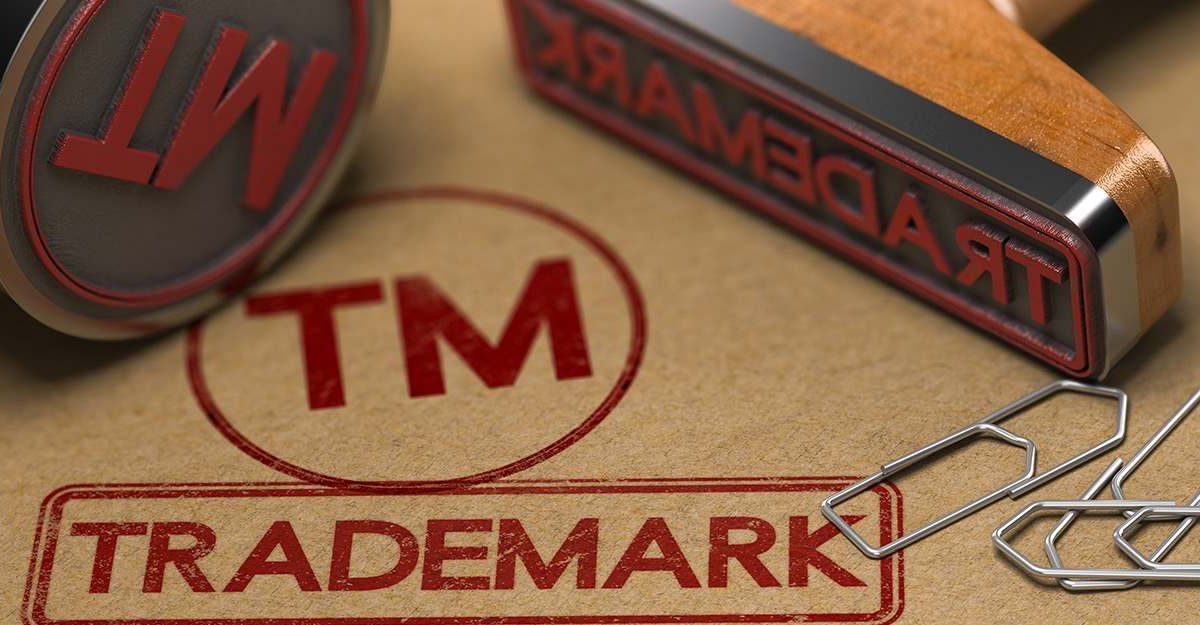Trademark for Your Business: As a business owner, you’ve probably heard about trademark protection, but you may still have some questions. Maybe you don’t know how to choose a trademark or even what one is. You may also wonder if a registered trademark is really necessary, particularly for small businesses. Individuals with a single item, small and medium enterprises, and even giant organizations benefit from trademark registration. Please continue reading to discover more about trademarks and the necessity of registering them.
Table of Contents
What Is A Trademark, Exactly?
An intellectual property that serves as protection for everything in the marketplace that bears your brand’s emblem is a trademark. Trademarks include phrases, logos, and names of products and businesses that are owned by a typical firm. A distinctive color, smell, or sound that consumers associate with a particular good or service can also be considered a trademark. Once you’ve identified the trademarks that will benefit your business, you may protect your rights by submitting a trademark application to the USPTO. If your application is approved, you will receive a trademark registration certificate and be recognized as the brand’s presumed national owner.
What Describes A Successful Trademark?
The correct trademark will help your company stand out in a crowded marketplace. So take your time choosing the perfect one. The United States Patent and Trademark Office (USPTO) considers generic or descriptive marks, such as “Bagel Shop” or “Hot Pizza,” weak and will not authorize them. Surname-based trademarks will also have difficulties in getting their registrations approved. Before a surname may be approved, it usually takes five years of continuous usage and proof demonstrating that customers link the name with the firm.
Suggestive markings provide more robust safeguards, and they allude to the items or services given rather than explaining them. YETI is a successful suggestive logo that doesn’t precisely identify the brand’s coolers and cups but hints that they will link with anything chilly. While a symbolic mark has the advantage of providing some insight into the product or service, it may not be powerful enough to avoid confusion with other effects in the marketplace.
The most potent markings are arbitrary or fantastic. Arbitrary marks are terms that have an ordinary meaning but have nothing to do with the items or services that will sell. The random marks Amazon and Apple are both well-known. Fanciful trademarks are entirely made up or fabricated, such as Nike, a hugely successful brand.
The Advantages of a Trademark Registration
Individuals and enterprises of all sizes benefit from registered trademark protection. A registered trademark, first and foremost, offers protection against infringement.
Additional protection against counterfeiting is provided by registered trademarks. The Lanham Act makes it illegal for anyone to use your brand on a comparable product and permits you to sue those who do. You can also register with US Customs and Border Patrol once your mark has registered with the USPTO, and they’ll then seize counterfeit products bearing your logo. Online sales platforms such as Amazon have begun to offer fake protections for registered trademark owners.
Your trademarks will only protect in the tiny geographic region your business will locate if you do not register them. Suppose you intend to expand, either now or in the future.
Trademark registration is also a significant asset. Unlike equipment or company vehicles. Which lose value as soon as they use. A registered trademark’s value increases over time as your brand grows in popularity. It’s exactly like any other asset in that it will purchase and sold.
Also Read: What are the Real Estate Business Basics?
How to File a Trademark Application
You may start the registration procedure by completing a complete trademark search once you’ve narrowed down your list of possible trademarks. The search will look for any confusingly similar marks that may already be in use. If you come across a mark that has the potential to generate misunderstanding in the marketplace. You may need to choose another choice or go back to the drawing board. You can begin drafting your trademark application once you’ve determined that your proposed mark is accessible for registration.
Select the trademark classes that reflect the goods or services you propose to sell under your brand while crafting your trademark application. A trademark specimen, or a demonstration of how will use the trademark, is also will require. If you’re registering your spa’s business name.
You may get Office Actions from your examiner at the USPTO during the registration process. Requests for further information or clarification are among the reasons Office Actions will make.
Trademark Register Can Help You Protect Your Business.
A registered trademark is a low-cost investment that provides important brand protection. Consider anything that symbolizes your brand in the marketplace when selecting what components of your business to the trademark, including business names, product names, logos, and slogans.
When you’re ready to register your trademark, hire a knowledgeable attorney to complete a thorough trademark search and assist you in creating your application. Your attorney will help you ensure a seamless process while you concentrate on running your business. You’ll have the presumption of validity nationally after the USPTO has accepted your registration. And you’ll be able to pursue legal action against prospective infringers. You may also register for further protections on sites like Amazon if you have a registered trademark. Your trademark’s worth will rise in tandem with your company’s growth. Start the process of registering your trademarks right now.
Also Read: 7 Quick Tips for Creating a Successful eCommerce Store

